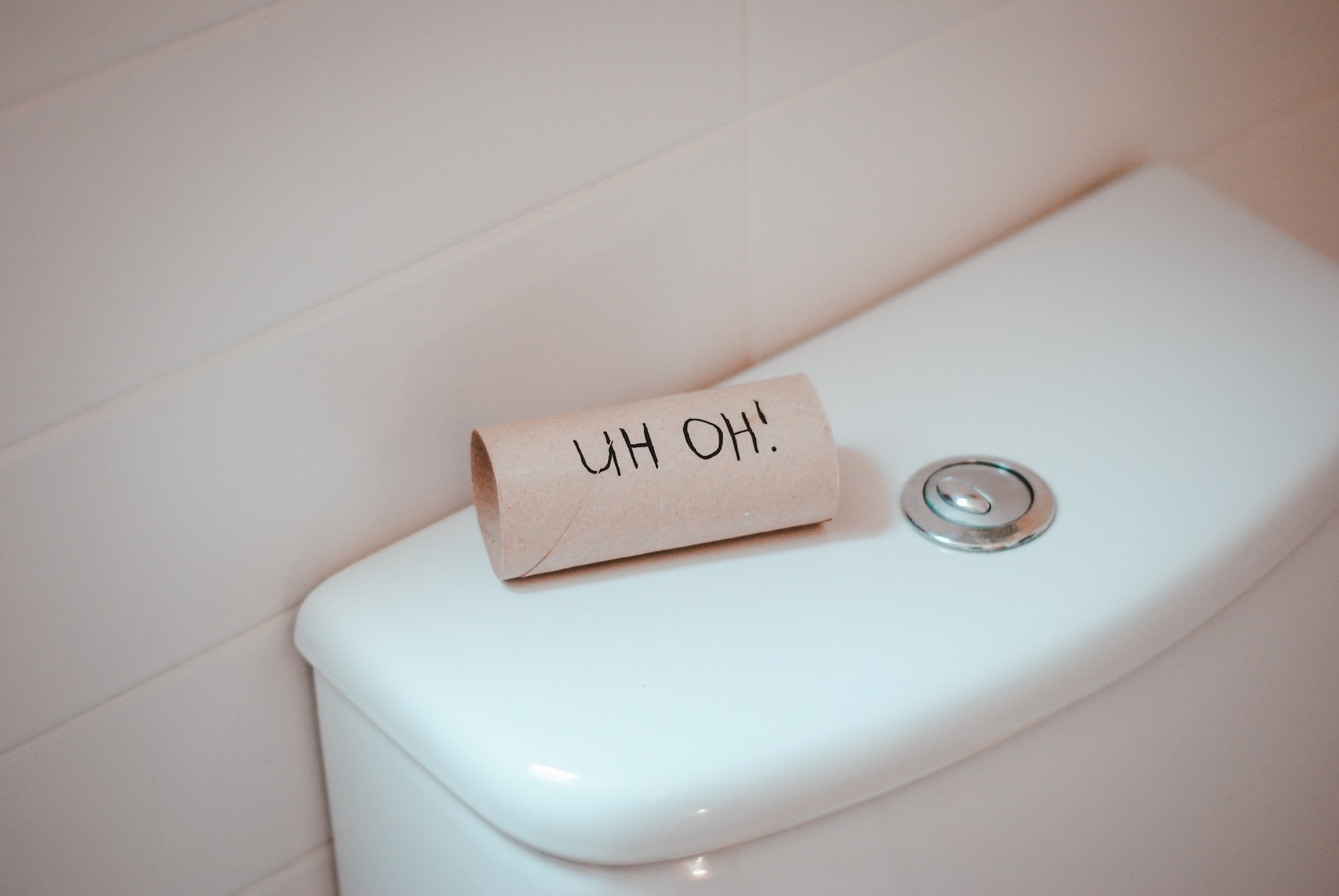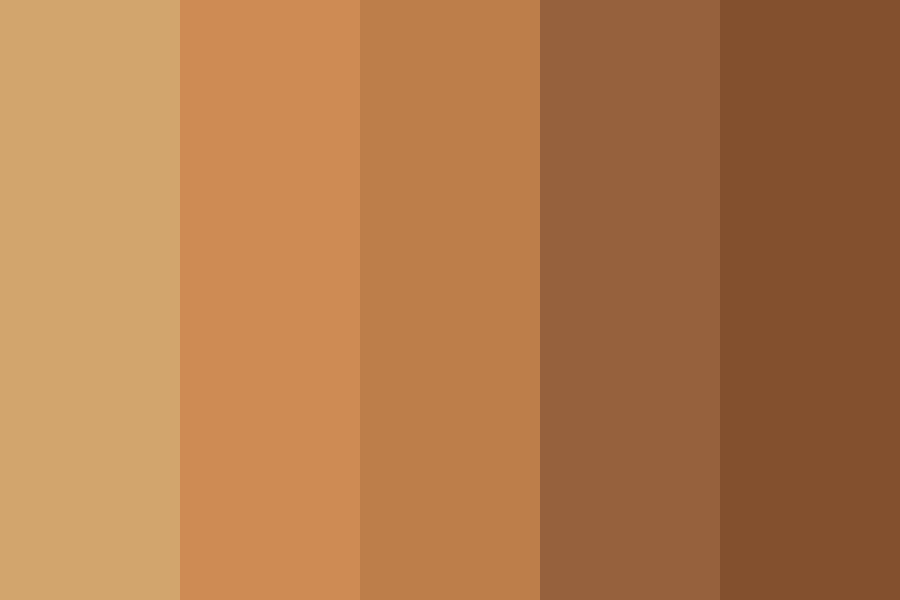
The Poop Type and Color May be Giving You a Message! Poop Type and Color Meanings
It can be difficult to describe a normal poop. Poop can take different shapes and colors depending on what the person eats, drinks or is in. If you've noticed a change while all is well, your poop may be trying to send you a message.
Poop is known as solid or semi-solid waste material consisting of food residues of living things with a digestive system and excreted from the body through the anus. But did you know that this waste material known as feces can provide information about your health?
Poop offers a lot of information about your health. How often or how much you defecate during the day gives you information about the functioning of the digestive system.
Defecation is an indispensable function of the body. Movement in the intestines may be food related or have other indications.

Meanings of Poop Type and Color
Type 1 - Separate hard lumps, like nuts (hard to pass)
If the poop stays in the intestine for a long time and you have trouble defecating, you are constipated. If this happens frequently and lasts for a long time, a doctor should be consulted.
Type 2 - Sausage-sahped, but lumpy
This stool can also be a sign that you are constipated. Try to get more fiber in your diet and drink more water to keep things going.
Type 3 - Sausage-shaped, but with cracks on surface
Doctors consider this type of poop normal because it is soft and easy to pass. If everything is going as it should, pushing a poop into the toilet shouldn't take more than a minute.
Type 4 - Sausage -or snake- like, smooth and soft
Doctors think of it as poop you want to have. Everyone's bathroom habits are different, but ideally you should have one of these every 1 to 3 days.
Type 5 - Soft blobs with clear-cut edges (easy to pass)
This type of poop is easy to pass through the gut. However, you may feel the need to go to the toilet. This could be a sign of mild diarrhea. It usually goes away on its own within a few days.
Type 6 - Fluffy pieces with ragged edges, mushy
If you have this type of poop and you go to the toilet more than three times a day, you have diarrhea. Make sure you drink plenty of fluids. Water is fine, but you also need to replace the minerals you've lost. Juices and soup can help.
Type 7 - Watery, no solid pieces (entirely liquid)
This stool moves very quickly through your gut. See your doctor if you go to the toilet more than three times a day for more than 2 days. You should consult your doctor if you have other signs of dehydration (dry mouth, drowsiness, headache or dizziness), severe pain in your abdomen or back, or a high fever.

Poop Color and Meanings
The color of your stool depends on several things: your diet and how much bile is in it. Bile is a yellow-green liquid that helps digest fats. A healthy stool, then, should reflect a mix of all the colors of the food you eat and the bile. Almost any shade of brown, even green, is considered suitable.
Green
It's okay to poop green once in a while. This may be because you eat too many green vegetables or too much green food coloring. It could also mean that your food is moving through your system too quickly and the green in your bile hasn't had time to break down. If the color does not change, see a doctor.
Red Shades
This can be caused by eating too much red food coloring and dark-colored foods such as beets. It can also come from red-colored drugs. Stool should return to its normal color in a short time.
But a bright red stool can mean bleeding in your large intestine. Sometimes blood may come from your rectum from scratch or from hemorrhoids. If you continue to pass red stools, consult your doctor.
Black
If your stool is black, it may be because of an iron supplement or an over-the-counter medicine you took because you had a bad stomach. If none of these possibilities feel right to you, consult a doctor.
Stool that looks black or dark maroon, smells bad, and looks like tar may be a sign of bleeding from the upper parts of your digestive tract, such as your stomach.
Lighter Colors
Yellow stool is fine in breastfed babies, but can be a sign of too much fat for adults. And it could mean that your body is having trouble absorbing nutrients the way it should.
Sometimes stool may also appear white or chalky. This can be a side effect of some medications, but it can also mean that your bile duct is blocked.
Source:WebMD - Photos:Unsplash







